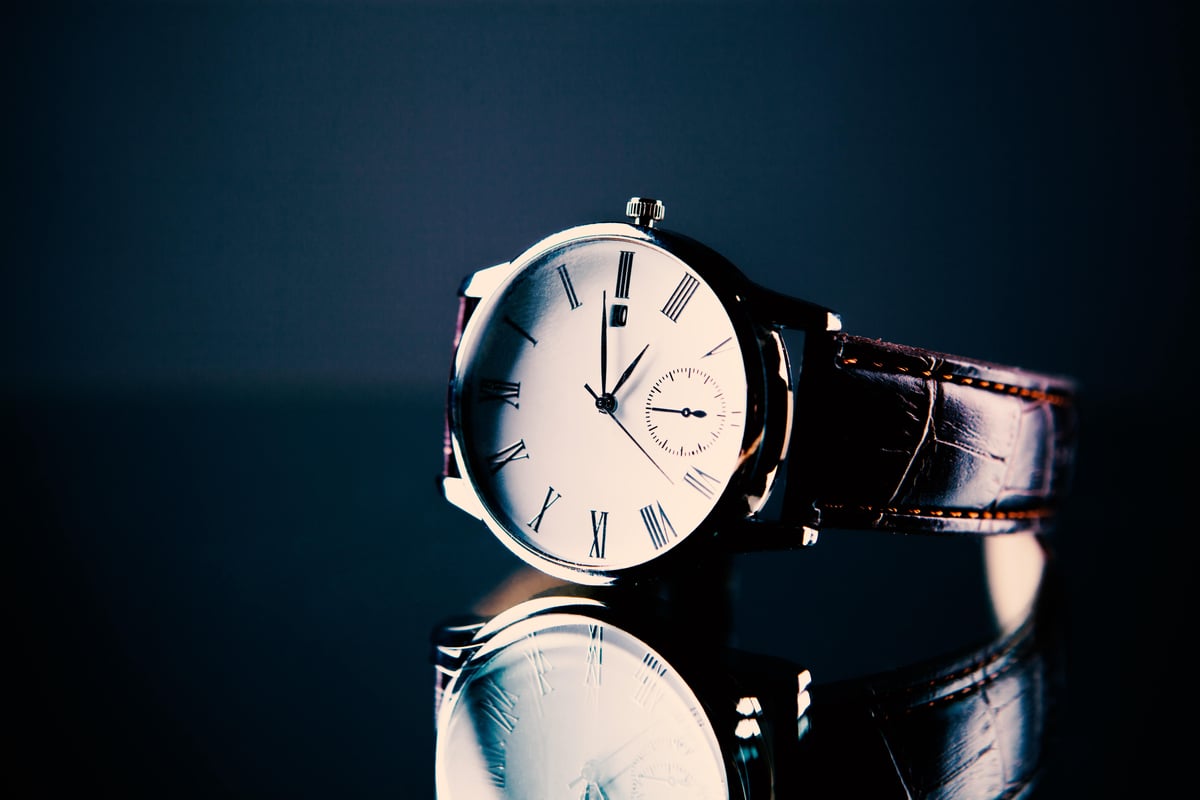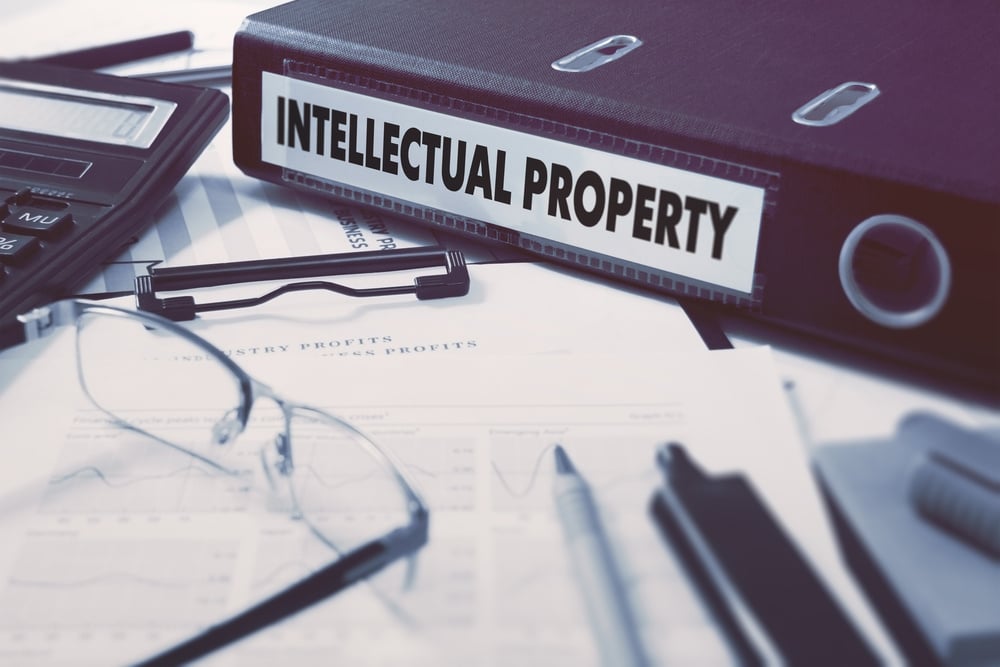Copyright and design protection are increasingly important topics in the European Union (EU). Recent legislative initiatives and court rulings across various EU jurisdictions, particularly regarding the protectability and enforcement of these intellectual property (IP) rights, have been the focus of ongoing developments. And there’s more to come.
Copyright Protection in the EU
In the EU, copyright is harmonized to a great extent. Copyright protection can be invoked by the ‘author’ of a ‘work’ that is an own intellectual creation. The threshold for copyright protection—originality— is to be applied by EU courts in legal proceedings. The standard for originality is generally considered to be low, with copyright being granted to a wide range of works, including texts, photographs, online content (such as websites and advertisements), apps, consumer product designs, packaging, logos, computer programs, and more.
Enforcing copyright in the EU is relatively straightforward. The copyright owner (rightsholder) has the exclusive right to authorize or prohibit any communication, including the making available, and distribution of its original work, as well as copies thereof.
Under EU copyright law, no formalities are required to protect works; thus, affixing a copyright notice is not necessary for obtaining protection. However, such notices can still be useful for evidentiary purposes.
Very recently, in October 2024, the Court of Justice EU ruled in the Vitra Dining Chair case that copyrightable material originating from outside the EU—specifically from the United States—is protected in the EU under the Copyright Directive, without any restriction. The Court confirmed that the principle of reciprocity does not apply, meaning U.S.-based copyright owners who seek to protect their work in the EU no longer need to demonstrate that their work enjoys copyright protection in the U.S. The EU Copyright Directive harmonizes copyright protection across all EU Member States and does not impose any restrictions based on the origin of the work or the nationality of the author. If the requirements for copyright protection are met (see above), the work must be protected throughout the entirety of the EU.
This judgment is significant because it allows U.S.-based copyright owners to bring claims for copyright infringement in EU courts more easily. In principle, this protection is granted to all types of works, including industrial designs and works of applied art.
It is also worth noting that while U.S. copyright registration from the U.S. Copyright Office is not a requirement for protection in the EU, invoking such a registration in copyright infringement cases may still be advantageous.
The term of copyright depends primarily on the date of creation by the author and, in some cases, the date of the first publication of the work. As a general rule, copyright protection lasts for the life of the author plus an additional 70 years.
Design Rights in the EU
In the EU, design protection can be obtained through either registered or unregistered design rights. Both options are available to U.S.-based companies or individuals on a pan-European basis, either as a Registered EU Design or an Unregistered EU Design. The latter, however, offers a shorter protection term of three years, while the former provides a maximum of 25 years, subject to renewals every five years.
The EU has very recently accepted substantive reforms to the design right system (October 2024), known as the ‘Design Package’. Under the current EU Design Directive and Regulation, a protected design may also be eligible for protection under copyright law, although this is generally to be determined by each Member State. Under the new Design Package, a design protected as an EU design shall also be eligible for protection by copyright from the date on which the design was created or fixed in any form, provided that the requirements of European Union copyright law are met.
A new design notice featuring the letter “D” enclosed within a circle is also set to be introduced, which rightsholders can apply to their products, packaging and/or advertising.
Originality is not required for EU design protection. Courts need to assess whether the design has novelty and individual character, required for design protection, which is primarily based on answering the question whether identical designs already exist in the current design corpus and whether the design creates a distinctly different overall impression. Previous disclosures of the design, either within or outside the EU (which may include the U.S.), may counteract the required novelty. However, a one-year grace period exists after the first disclosure, during which registration of an EU design is still possible.
Although design registration is also possible in each individual European country (and international design registrations are also possible), registering with the European Union Intellectual Property Office (EUIPO) is recommended in most cases to ensure protection across all EU Member States at once. It is expected that design protection fees and renewal fees will go down in the future.
Copyright & Design Infringement: Defenses
As discussed above, copyright protection grants the owner the right to prohibit reproductions of the work, distributing copies or derivatives thereof and/or the making available of works to the public. Unauthorized acts of this nature generally constitute copyright infringement, allowing the copyright owner to take legal action, including various legal measures (outlined below).
Certain exceptions to copyright infringement (which can be invoked as legal defenses) may apply, such as private use, the right to quotation, text and data mining, and parody. However, all exceptions are exhaustively prescribed by law, and there is no fair use principle in the EU. Moreover, specific legal measures apply to technological protection measures, rights management information, and software protection. The Dutch Copyright Act, for instance, also contains provisions for moral rights protection, such as for architects, designers, and portrait rights.
EU design right provides the rights holder with the exclusive right to use the design, which includes the ability to prohibit the manufacture, sale, import, export, exhibition, and stocking of goods using the design without permission. Certain exceptions are in place, such as private, non-commercial use.
The Design Package introduces some new exceptions, such as use in the context of citing or teaching, referential use and use for commentary, criticism and parody, which are, in principle, permitted. Under the Design Package, a more specific ‘repair clause’ is introduced as well (it previously was included only in the Regulation on designs; shortly, it will be in the Directive), with new rules regarding exceptions from design protection for spare parts used for repair of complex products, such as cars.
Next to the above, under EU copyright and design rights, the principle of exhaustion of Intellectual Property rights applies. IP rights are considered exhausted for goods first sold in the EU/European Economic Area (EEA); however, no exhaustion of rights occurs for goods placed on the market in a third country (such as the U.S.). This means that rightsholders can still make claims for infringement if goods that were first put on the market outside of Europe are re-sold here without the permission of the rightsholder.
Legal measure in litigation
Under the EU Directive on the Enforcement of Intellectual Property Rights, a wide variety of legal measures are available, including:
Provisional measures: Used to preserve evidence, seize infringing goods (including counterfeit goods), and make attachments to those goods.
Injunctions: Prohibitions enforceable in both summary proceedings and proceedings on the merits.
Right of information: The right to obtain precise information about the origin of infringing goods or services, distribution channels, and involved third parties.
Recall: The right to recall infringing goods placed on the market.
Legal Costs in Copyright & Design Cases
Under EU and Dutch procedural rules, the winning party in intellectual property proceedings—including copyright and design infringement cases—may request that the court orders the losing party to pay the reasonable and proportionate legal costs and other expenses incurred.
The Future of Copyright & Design Protection
Copyright and design rights are strong forms of IP protection in the EU. The Netherlands offers straightforward options for obtaining legal measures, including EU-wide injunctions. Future contributions will focus on trademarks, trade names, unfair competition, advertising, and counterfeit. Stay tuned!













